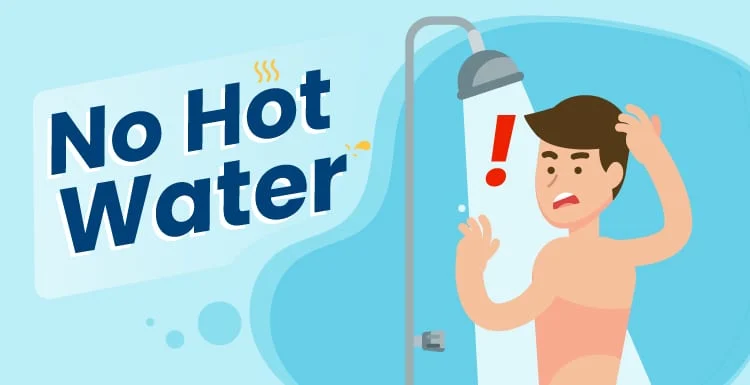Have you discovered that there’s no hot water in your house (or not enough)? Your water heater is the likely culprit.
Read through these common causes, simple fixes, and when you should call a plumber.
No Hot Water? Don’t Panic
A cold shower is the wake-up call that alerts you to a problem with your water heater. But what causes it, and will it always result in a huge plumber bill? Fortunately, the issue is often a simple (and easy) fix.
Water heaters ensure there’s plenty of hot water for showers, the kitchen and bathroom sinks, the dishwasher, and the washing machine—until something goes wrong. No hot water in the house is no picnic!
You might be experiencing any of these situations:
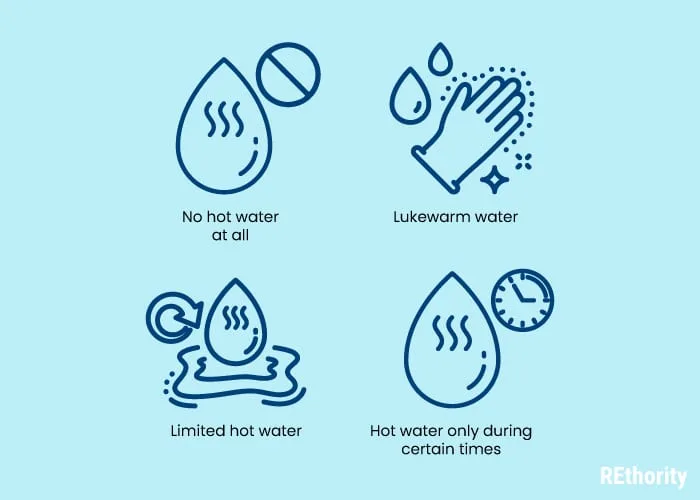
- No hot water at all
- Lukewarm water that never gets hotter
- Limited hot water that gets cold quickly
- Hot water during limited hours of the day
Limited or no hot water is an indication that something is wrong with your water heater. It might be a simple DIY fix. It could be a bigger problem that requires a plumber’s expertise.
In either case, there are simple steps you can take to diagnose the problem, and there are common causes listed for both electric and gas water heaters. Read on to learn how to get your water hot again.
IMPORTANT SAFETY NOTE
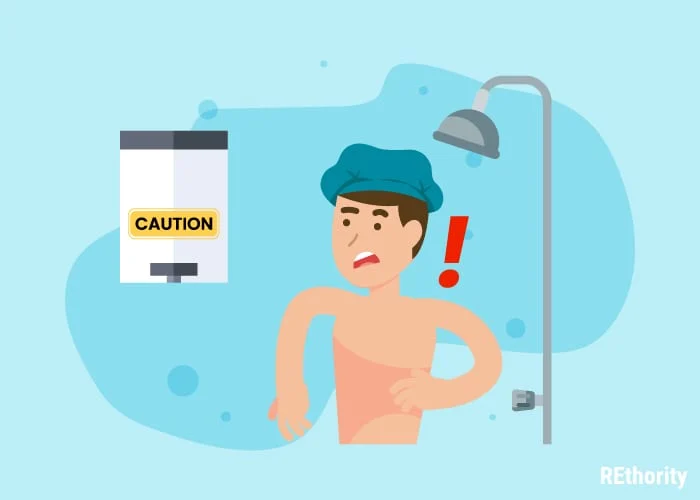
Before you start troubleshooting, it’s important to understand that water heaters can be very dangerous to work on without plumbing and electrical experience.
They are connected to live electrical wires or a gas line for power. It’s easy to get a nasty shock, release dangerous gas, cause a fire, or make a potentially fatal mistake when working on a water heater.
For this reason, we do not recommend attempting to fix your own water heater. In this guide, we’ll take a look at the common causes to help you get a sense of what’s going on, simple fixes, and when to call a plumber.
3 Things to Check First
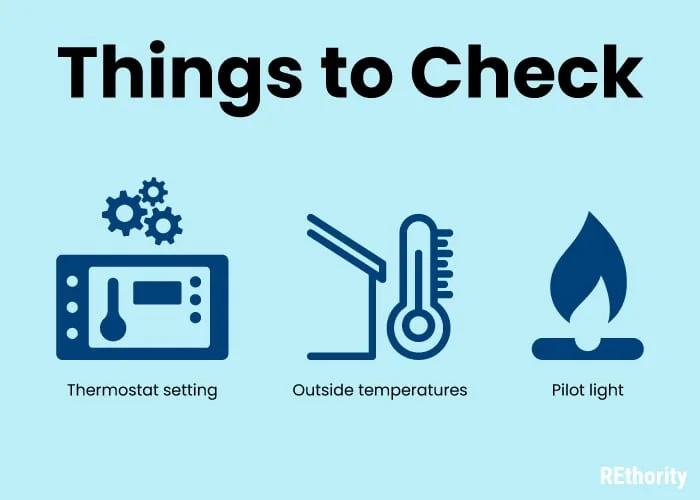
1.Thermostat Setting. If your problem is lukewarm water that isn’t hot enough, your water heater’s thermostat setting may be too low.
Check the water heater thermostat (newer models have an upper and lower thermostat) to see the current setting. Ideally, your water heater should be set to anywhere from 122 to 140 degrees Fahrenheit.
You may see thermostat settings on the knob with labels like Hot, Hotter, and Very Hot. Try adjusting the thermostat slightly to see if there’s an improvement in the hot water temperature.
It will take an hour or two for the water heater to adequately adjust the water temperature.
2. Recent Outside Temperatures. If it’s been very cold in your area recently, there’s a chance your water heater may be sluggish or not working as a result.
When temperatures fall drastically while the water heater isn’t being used (like at night), you may need to prod the water heater back into action by adjusting the thermostat a little higher.
3. Pilot Light. Gas water heaters have a pilot light that must be lit for operation. A sudden draft can blow the pilot light out, so it’s worth checking to see if your pilot light is lit
It’s sometimes possible to relight your pilot light on your own, but it can be dangerous. If your water heater’s pilot light is enclosed in a burner chamber, call a professional to relight it for you.
And as always, if you smell the sulfurous odor of natural gas, leave the house immediately and call your gas company.
No Hot Water: Common Water Heater Causes
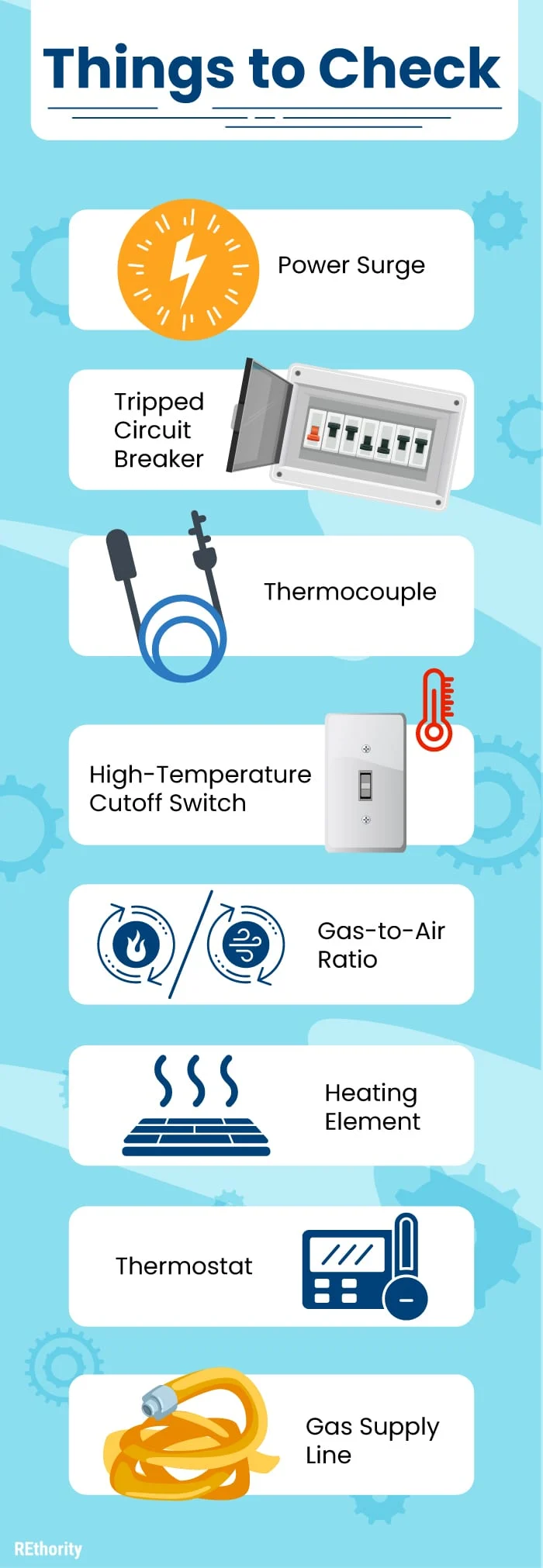
If the thermostat setting is normal, you haven’t been through any recent cold snaps, and the pilot light is lit, you’ll need to keep looking to find the problem causing no hot water.
We’ve compiled a list of the most common causes of no hot water with an electric or gas water heater.
Power Surge
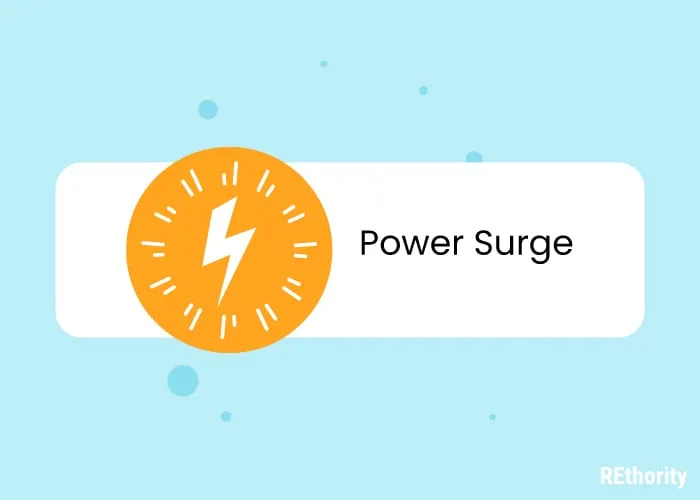
A recent power surge can affect your water heater’s performance and cause it not to work properly. If you feel comfortable (remember, there is a risk of shock or electrocution), complete the following steps:
- Turn the power to the unit off for 5 minutes.
- Turn it back on.
- Wait at least 30 to 45 minutes to check to see if the water is getting hot.
The best thing to do in this scenario is to call a professional. They will be able to inspect the water heater for any electrical damage and fix the problem.
Tripped Circuit Breaker
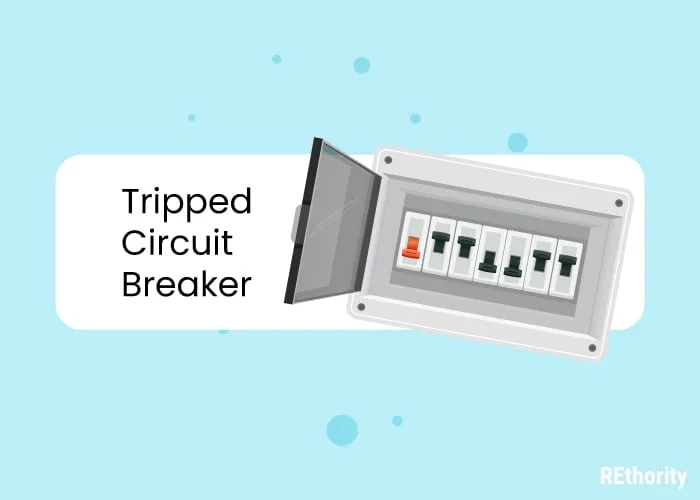
Your electrical water heater can trip the circuit breaker if there’s a power surge or wiring issue. This is a common cause of no hot water in the house.
Take a look at your circuit breaker panel to see if the water heater breaker switch has been tripped. A tripped circuit breaker switch will be facing the opposite direction as the other switches in the panel.
If you see a tripped breaker switch, you should push it into the Off position, wait a few seconds, and then bring it into the On position to reset it.
If the circuit breaker won’t reset (the switch won’t stay in the On position), it will need to be replaced or inspected further by a professional. Give an electrician a call to take a look at it.
Thermocouple
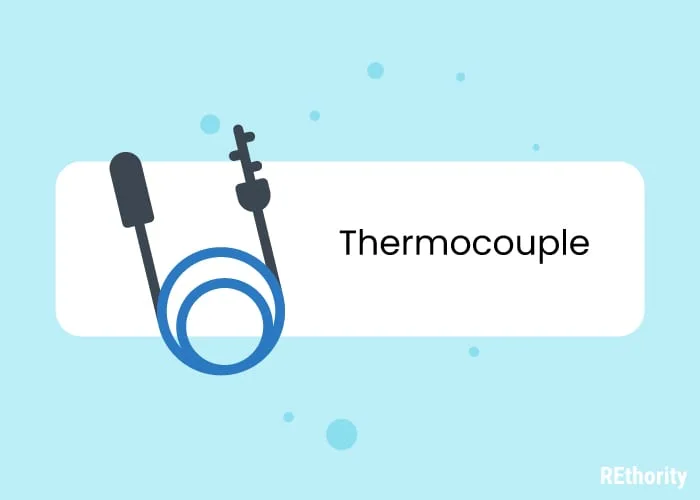
If your gas water heater’s pilot light won’t stay lit, the problem could be a faulty thermocouple. This component stops the flow of natural gas when it determines that the pilot light is out.
If it’s gone bad, it stops the flow of gas even while the pilot light is on. A plumber can easily replace a thermocouple for you. It’s considered a medium-difficulty DIY repair. But for safety, it’s best to allow a professional to replace it.
High-Temperature Cutoff Switch
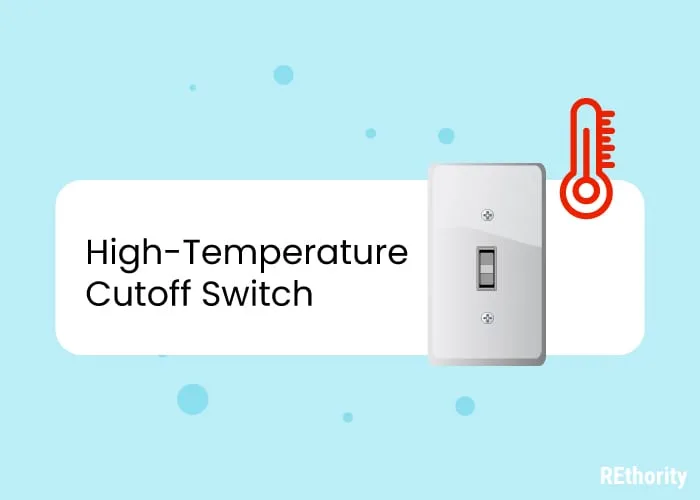
Your water heater is equipped with a safety device called a high-temperature cutoff switch. This switch engages when the water heater temperature climbs to unsafe levels.
If this switch has been engaged or tripped, it will cut power to the water heater as a safety measure. As a result, you’d have no hot water.
You can locate the high-temperature cutoff switch on your water heater and see if it’s been tripped. If it has, you can press the button in the switch and listen for a click that indicates the water heater is back on.
Wait 30 to 45 minutes to check and see if the hot water issue has been solved. If not, you’ll need to call a plumber to take a deeper look at the issue. The high-temperature cutoff switch may need to be replaced.
Gas-to-Air Ratio
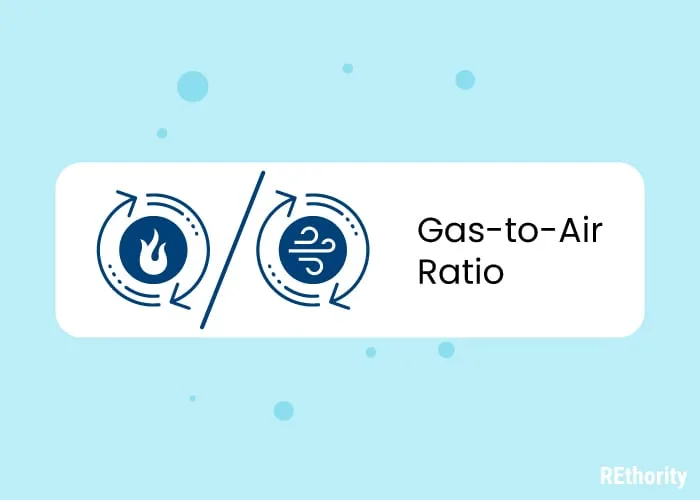
Gas water heaters require both natural gas and air in a specific ratio to work properly. If the gas-to-air ratio is off, you may notice your pilot light burns yellow instead of blue.
The main symptom of this problem is lukewarm water that doesn’t get hot. But be careful – don’t mess around with this issue.
This is a very dangerous problem. The yellow flame indicates carbon monoxide is being released due to the incorrect gas-to-air ratio.
Leave the area and call the gas company right away to look at the problem. Stay alert for signs of carbon monoxide poisoning, which include nausea, feeling faint, and dizziness.
Heating Element
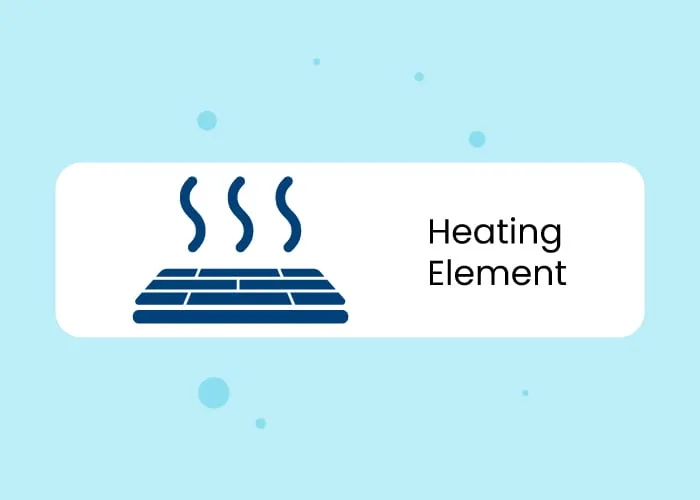
Water heaters rely on a heating element to heat the water. Over time, these heating elements get sluggish and eventually go out. If you’re experiencing limited hot water, lukewarm water, or no hot water at all, it could be a faulty heating element.
Usually, the problem will get progressively worse over time as the heating element wears out. Sometimes, the heating element may just be covered with hard water deposits, scale, or sediment that makes it less effective.
Heating elements are dangerous to inspect and replace on your own. If you suspect that your water heater’s heating element may be the problem, call a professional to inspect it.
They’ll be able to either replace the heating element or recommend a replacement water heater instead.
Thermostat
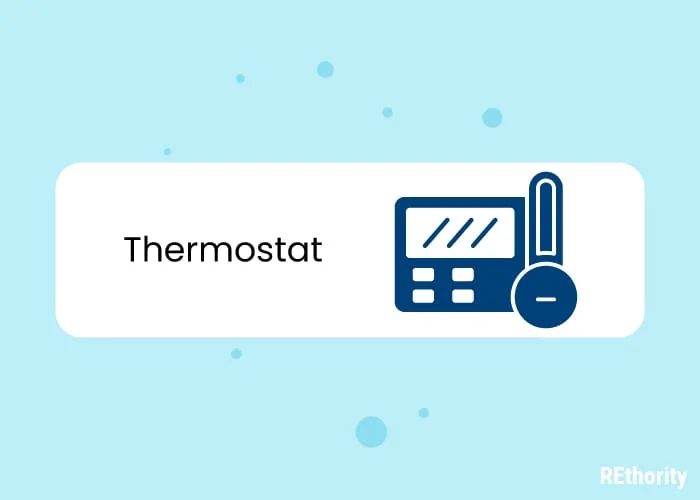
Sometimes, it’s not the heating element that’s gone bad, but the thermostat. The thermostat is what you use to tell the water heater how hot it should make the water.
Some water heaters have two thermostats: an upper thermostat and a lower thermostat. Each one is responsible for heating water in the upper and lower portions of the tank.
You can have a perfectly functional heating element, but if both or one of the thermostats aren’t adequately delivering heating instructions to it, you can experience limited or no hot water.
The problem could be that one of the two thermostats has gone out. If the upper thermostat is set to the same temperature as the lower one, the lower thermostat will always be the first one on.
This will burn it out faster than the upper and could result in lukewarm water or variable water temperatures.
If the problem appears to be with your water heater’s thermostat, it’s a job for a professional. We don’t recommend attempting to replace a thermostat on your own, as it can be dangerous.
Gas Supply Line
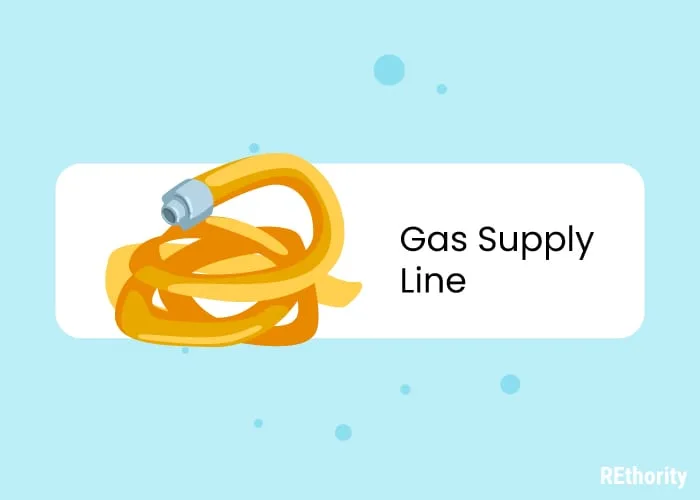
Gas water heaters won’t work efficiently (or sometimes at all) if there’s a problem with the gas line.
If you don’t see that the pilot light is lit and do not smell gas when you can see that the gas valve is open, there may be a problem with the gas supply line or the gas flow.
Call the gas company to ensure the supply to your home is indeed on. If it is, call a plumber or have the gas company come out to inspect the gas supply line and find out what’s going on.
Do not attempt to adjust the gas flow or tamper with the gas line yourself. Gas is highly flammable, and any small misstep can result in injury or even death.
No Hot Water? Call a Professional
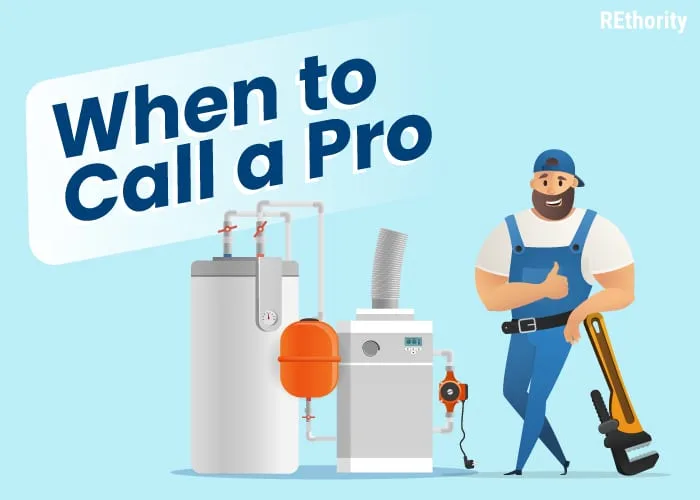
It’s possible that your lack of hot water could be a simple, DIY fix that only takes a minute or two. A tripped circuit breaker or a too-low thermostat setting are great examples.
But for most causes that result in no hot water, you’ll need to call a professional. There is inherent risk and danger whenever you tamper with a water heater.
Your water heater is connected to either a powerful electrical current or a gas supply line. Electrocution, shock, fire, explosion, carbon monoxide poisoning, and other potentially fatal injuries are all possible.
It’s just not worth it to attempt to fix it on your own. Instead, call a professional who is a trained expert. They will quickly troubleshoot and determine the problem causing you to have no hot water.
Then, they’ll be able to make the proper adjustments, replace the correct parts, or replace the water heater safely and efficiently. You’ll be glad you called a pro when you get to enjoy a nice, hot shower again.

